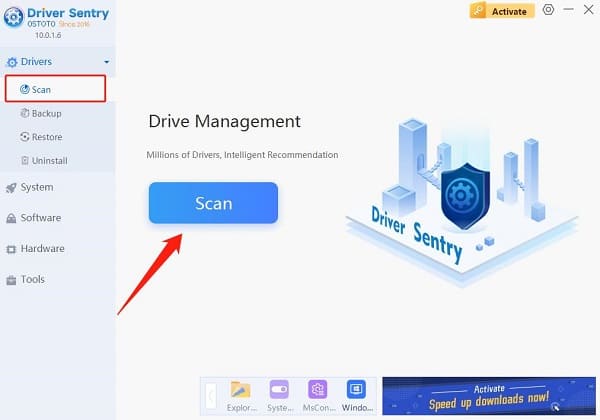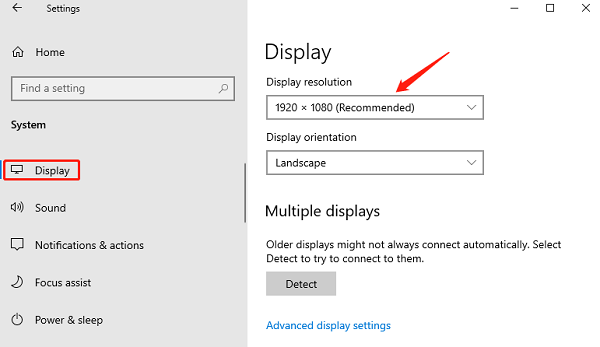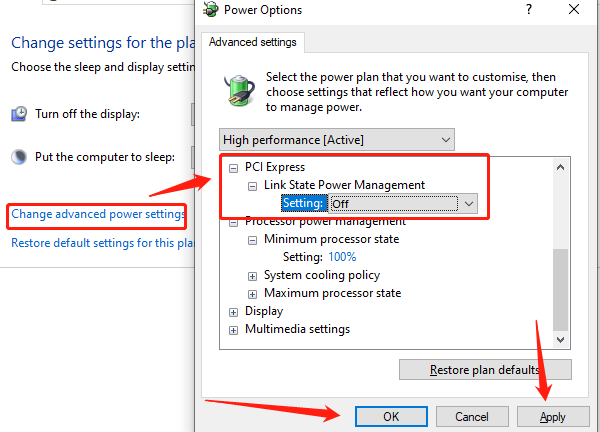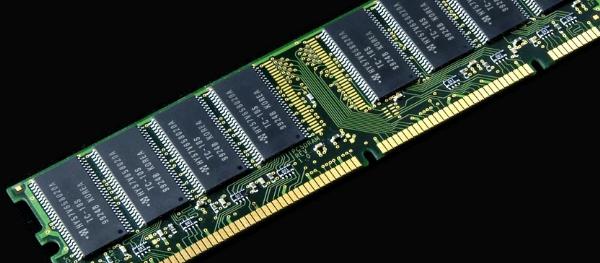
Users may sometimes face a "no signal" issue with their monitor, disrupting normal computer use. This article outlines steps to quickly resolve the problem and restore functionality.
1. Check Monitor and Computer Connections
Check if the monitor and computer are properly connected and cables (HDMI, DisplayPort, VGA) are secure. Replace cables if possible to rule out damage.
Sometimes, specific ports on the monitor might malfunction. Try using different ports on the monitor or the graphics card to see if the issue is resolved.
Make sure the monitor is connected to a power source and the power switch is turned on. If the power indicator is not lit, the power cord may be faulty.
2. Update Graphics Card Drivers
Graphics card driver issues are a common cause of no signal on the monitor, so updating your graphics drivers is a crucial step in fixing this problem. It's recommended to use Driver Sentry to automatically detect and update drivers, saving time and preventing errors during installation.
Download the latest version of Driver Sentry, install it, and click "Scan".

After the scan, you'll see which drivers are missing or need updating. Find the graphics driver in the results and click "Update".
Once updated, it's recommended to restart the computer to ensure the new drivers are correctly applied.
3. Adjust Display Settings
Right-click on the desktop and select "Display settings".
Ensure that the monitor is detected and choose the correct display mode (extend, duplicate, etc.).
Adjust the resolution to ensure it's set within the range supported by your monitor.

Click "Apply" to save the changes and check if the issue is resolved.
4. Check Power Management Settings
Press Win + X and select "Power Options".
Click "Additional power settings", then choose "Change plan settings".
Select "Change advanced power settings" and find the "PCI Express" option.
Disable "Link State Power Management" to prevent the system from turning off the monitor to save power.

5. Reset BIOS Settings
Restart the computer and press the appropriate key (usually F2, Del, or Esc) to enter the BIOS settings during startup.
Find the option to "Restore default settings" or "Load optimized defaults" and select it.
Save the changes and exit BIOS. Restart the computer and check if the issue is resolved.
6. Check for Hardware Issues
Check the RAM by removing and reseating it to ensure proper contact.

Ensure the graphics card is securely installed. Reseat the graphics card to rule out poor connection. If possible, test with a different graphics card.
If a hard drive failure is suspected, use a hard drive diagnostic tool to check for issues.
By following these steps, you should be able to effectively resolve the issue of no signal on the monitor. If the problem persists, it's advisable to seek professional technical support for further assistance.
See also:
Guide to Upgrading Sound Drivers on Windows 11
How to Fix Keyboard Indicator Lights Not Working